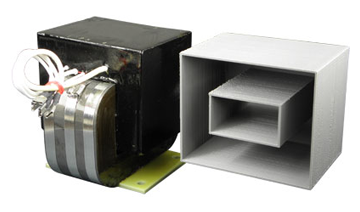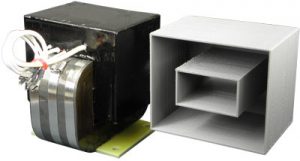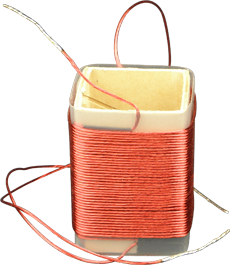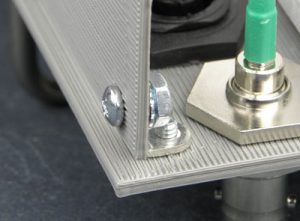
3D Printing Benefits STC Customers
For a number of years, STC engineers have utilized 3D printing in a variety of ways to cut down on both production costs and lead times. In some cases, 3D printing can save thousands of dollars in tooling costs during the design phase. In other cases, the 3D-printed assembly components can be used in the final design and no further tooling charges are necessary.
Design engineer Les Vaughn says one of the best times to benefit from 3D printing is during initial product development.
“As an example, take an encapsulation cup for a transformer,” says Vaughn. “These cups are used as a mold for the epoxy that actually encapsulates the wires. If the cup size we need for a custom design isn’t available as a stock item, it’s faster and less expensive to 3D print the cup than having them fabricated and shipped to us.”

3D printing is also utilized for coil winding forms. The form provides a rigid surface around which wire is wound. In many cases, the form is made out of square tubes of Mylar or craft paper. However, specialty designs may require a custom form, and 3D printing offers a quick and cost-effective method for building that form.

STC engineers also utilize 3D printing for electronics design and assembly. One particular STC product consists of circuit boards mounted to a face plate with interface controls. While looking for alternate brackets for mounting the PC boards to the face plate, CAD Technician Leslie Hopkins was able to quickly design and 3D print a face plate and PC boards with relocated mounting holes. This enabled her to easily test a number of different bracket styles.

Hopkins feels 3D-printing offers the best opportunity to test the final assembly and fit.
“It gave me a chance to test some different types of brackets to make sure they were secure, and to then make sure the assembled model fit in the cabinet rack where the final product is installed,” Hopkins said.
There are still other applications where 3D printing has been beneficial, such as in making fixtures to assist in electronics and magnetics assembly. However, the main benefits of each of the various 3D-printing applications remain the same.
“It comes down to speed, cutting down on lead times, more design iterations so we can design toward the highest possible quality,” says STC President Brad Cross. “And, of course, when you cut down on time, you also reduce cost.”

